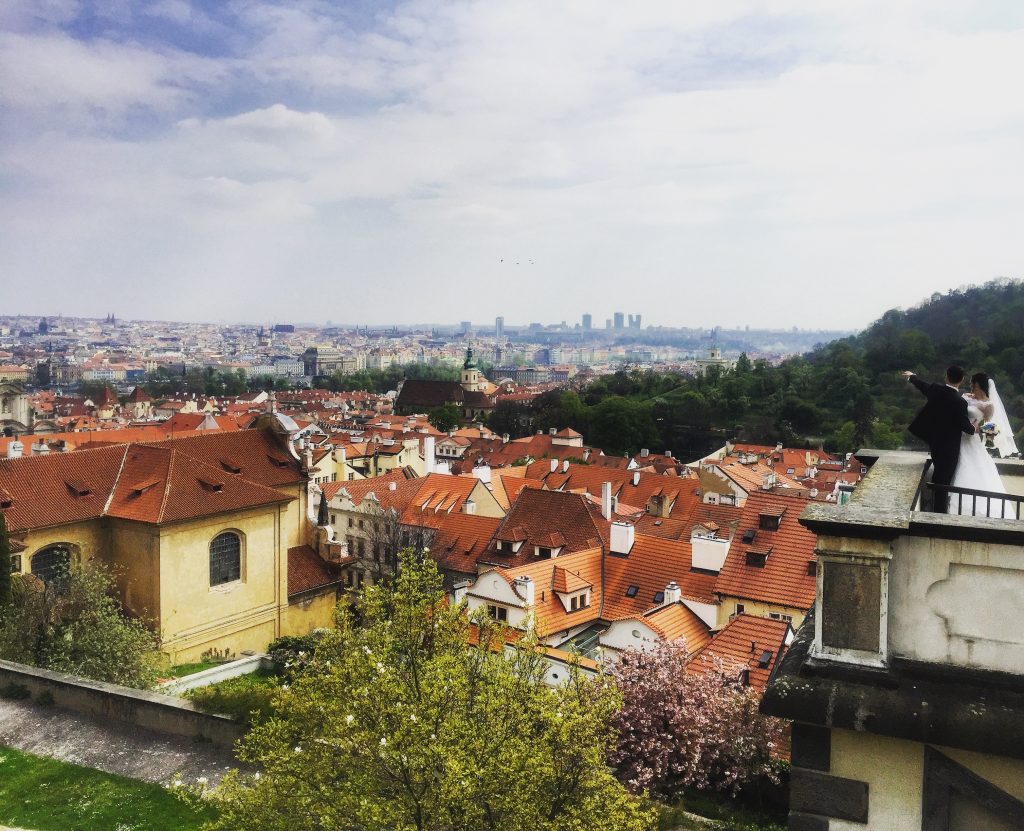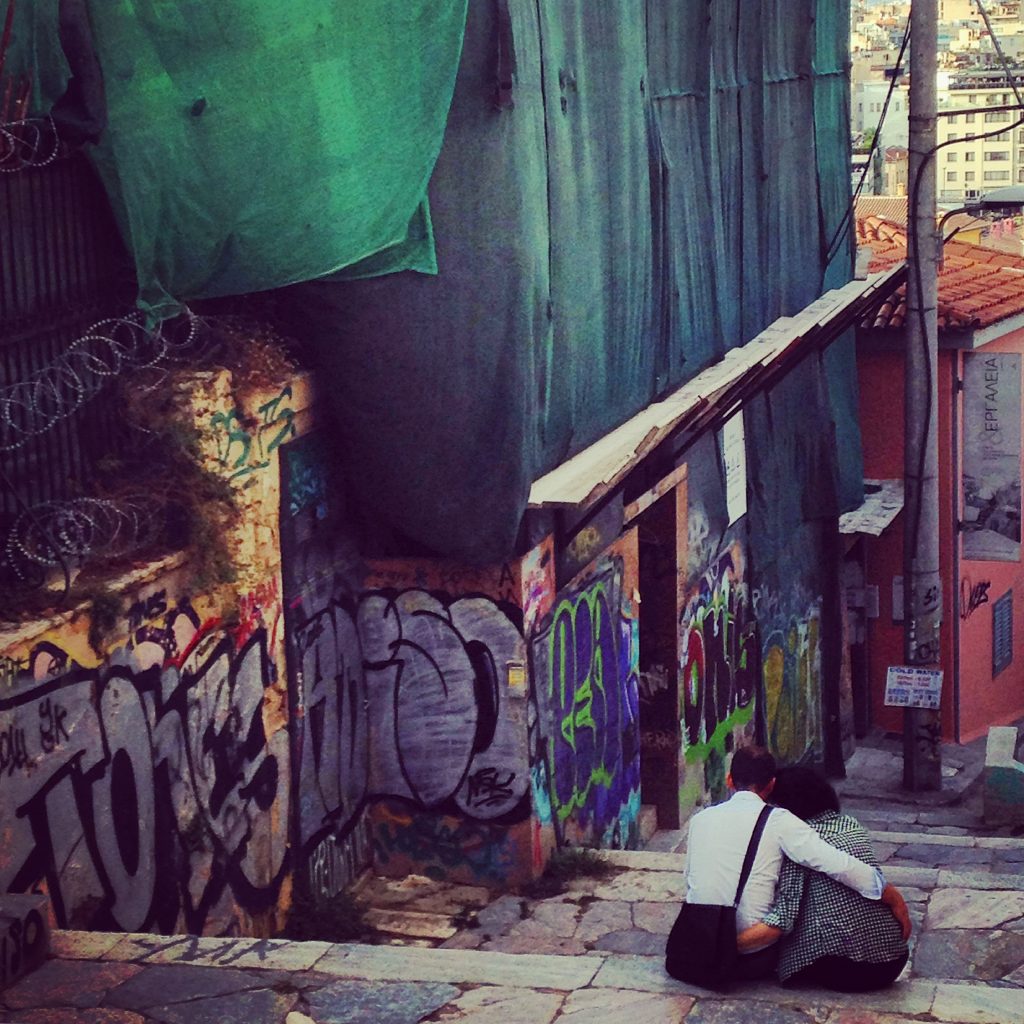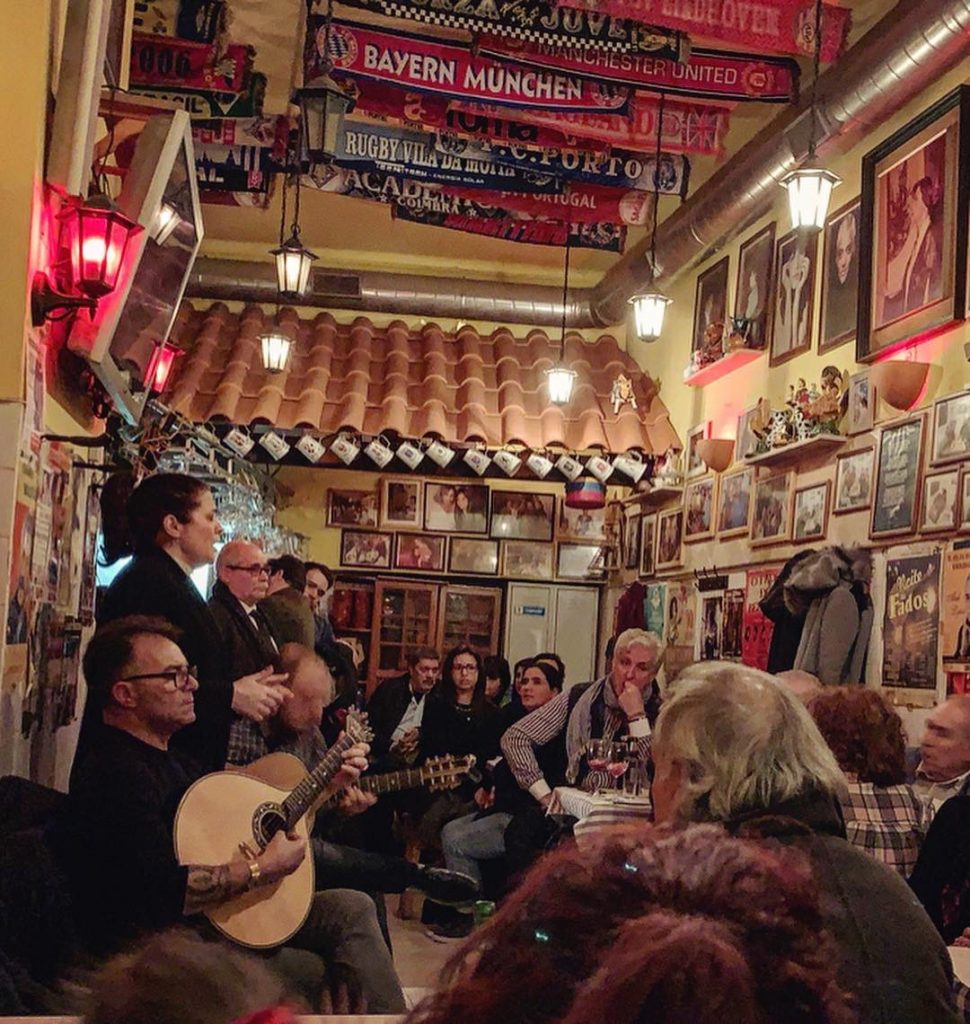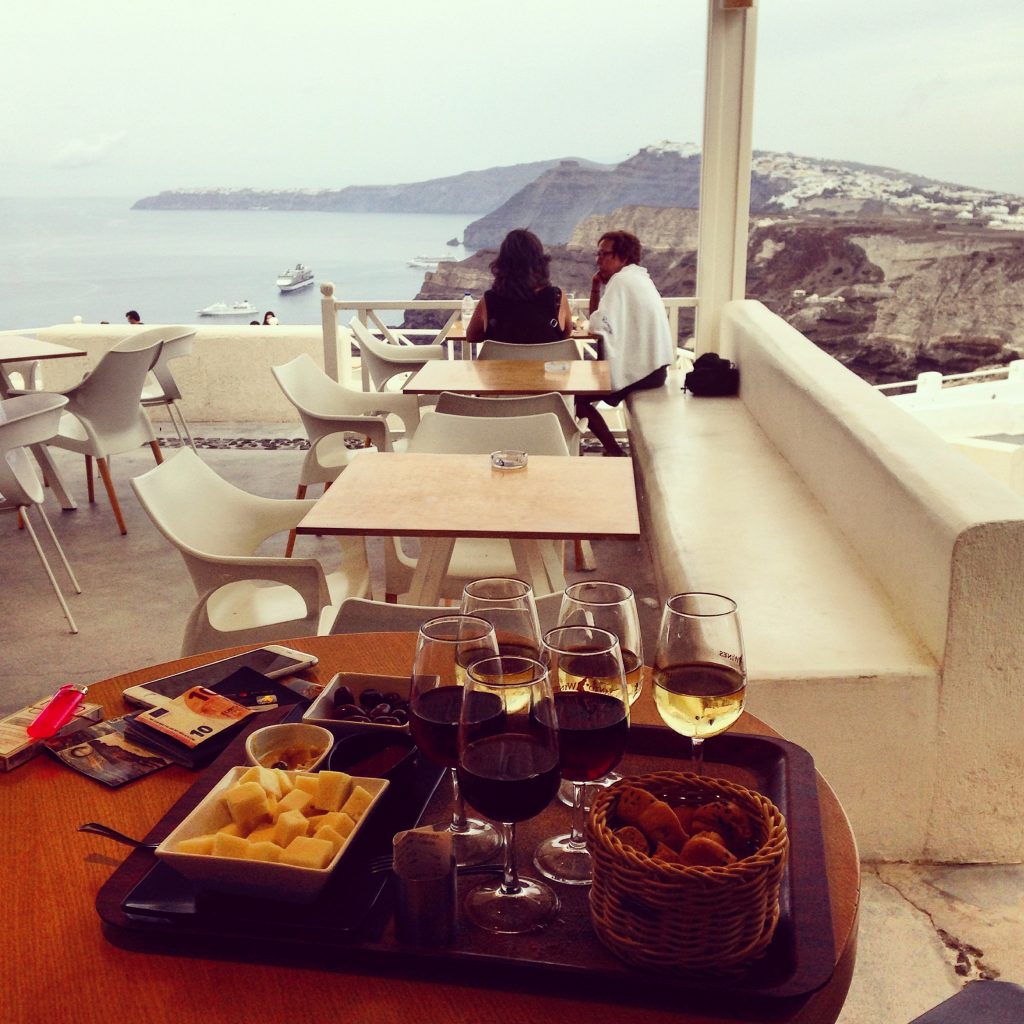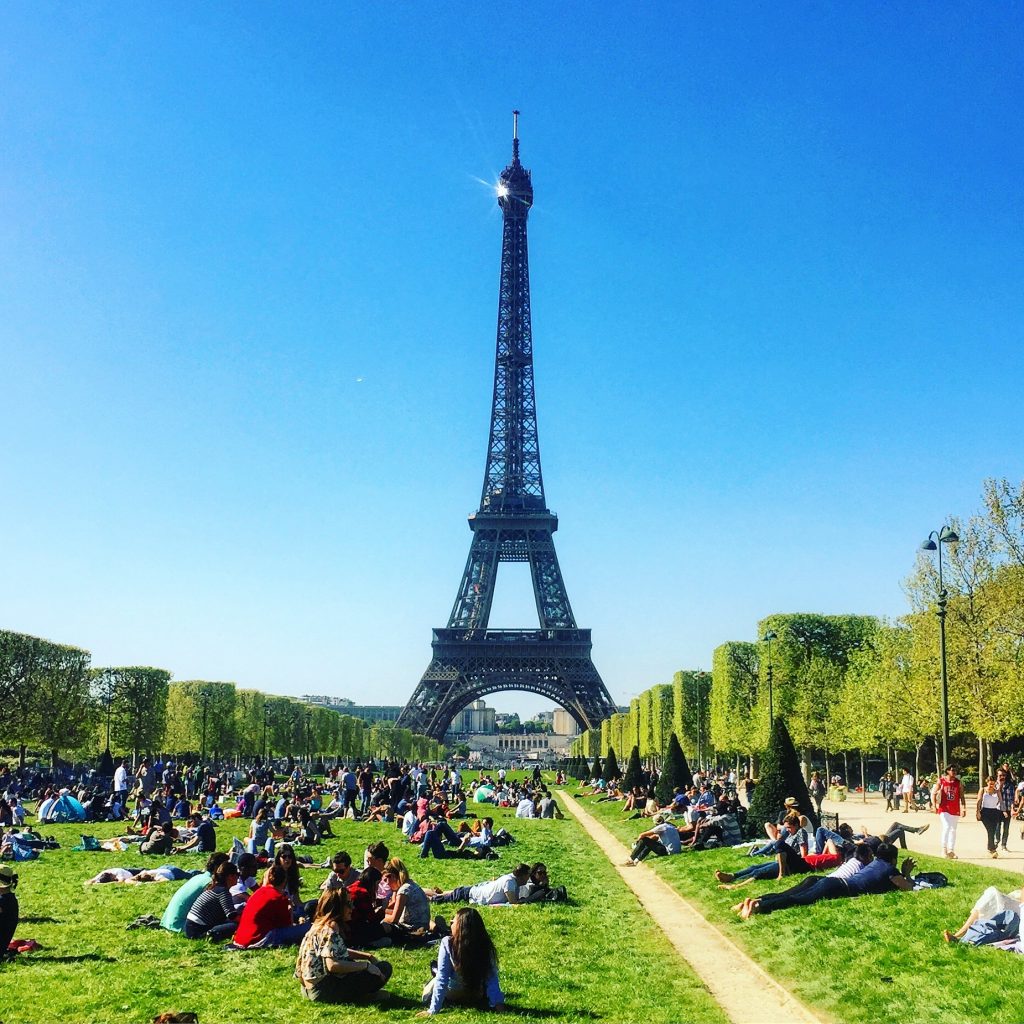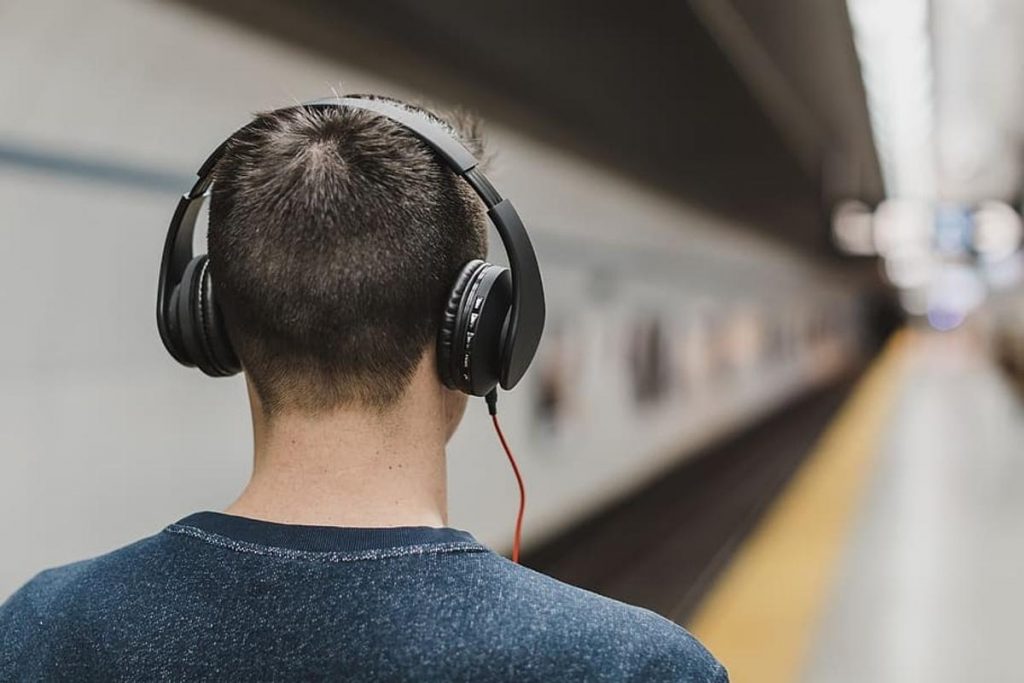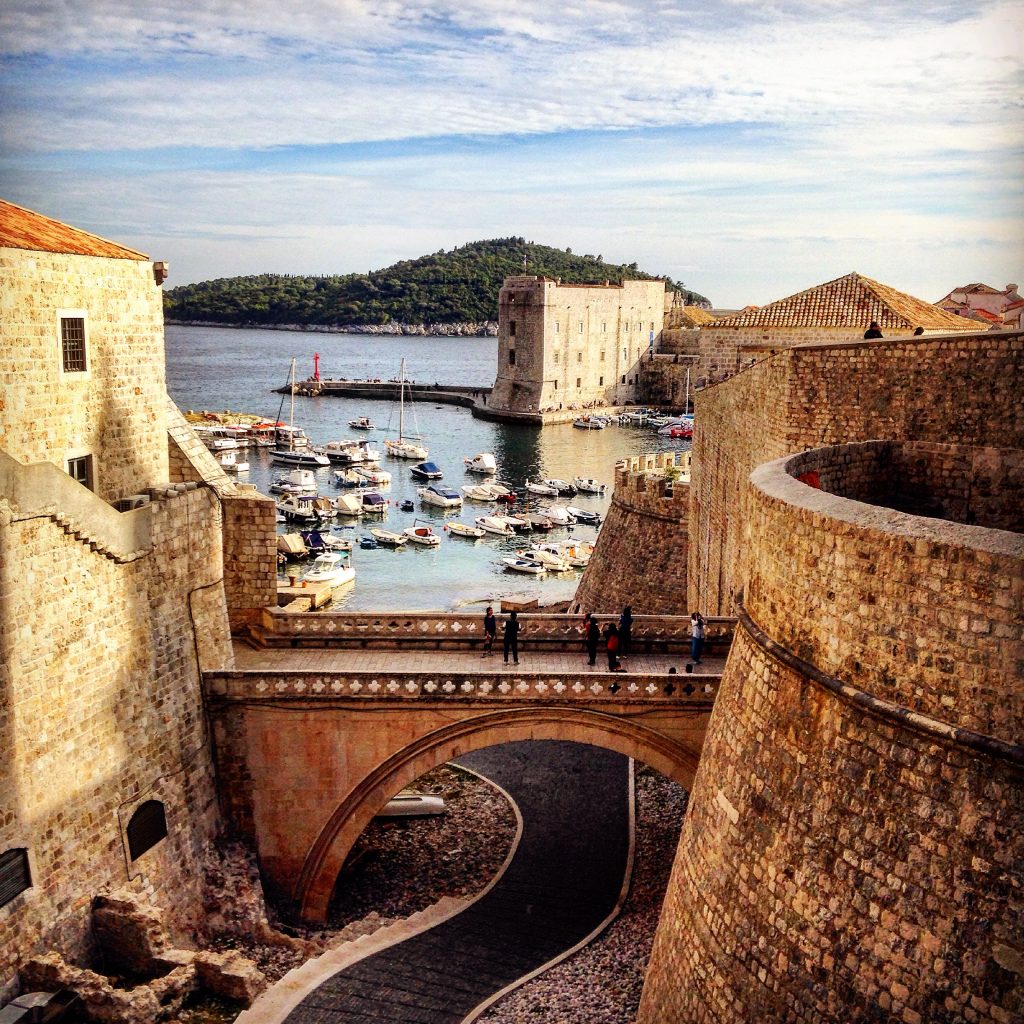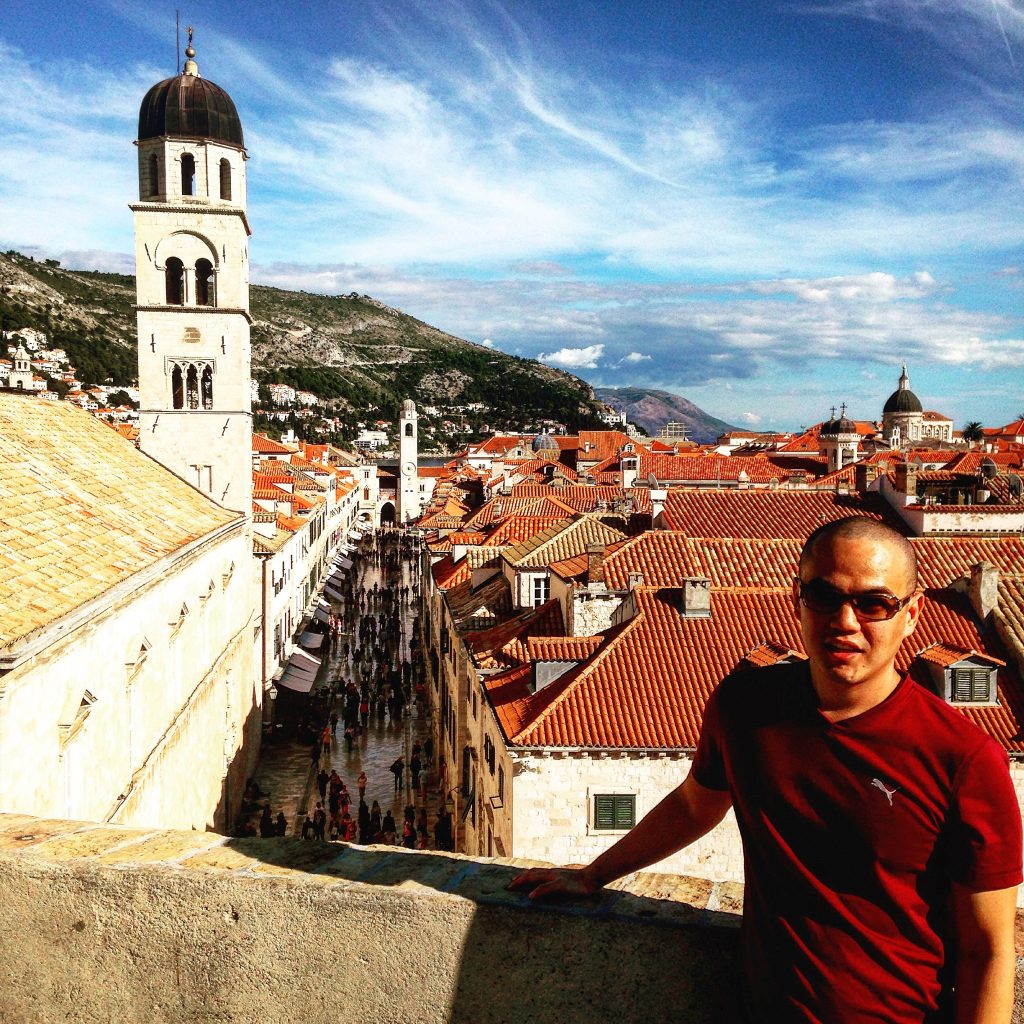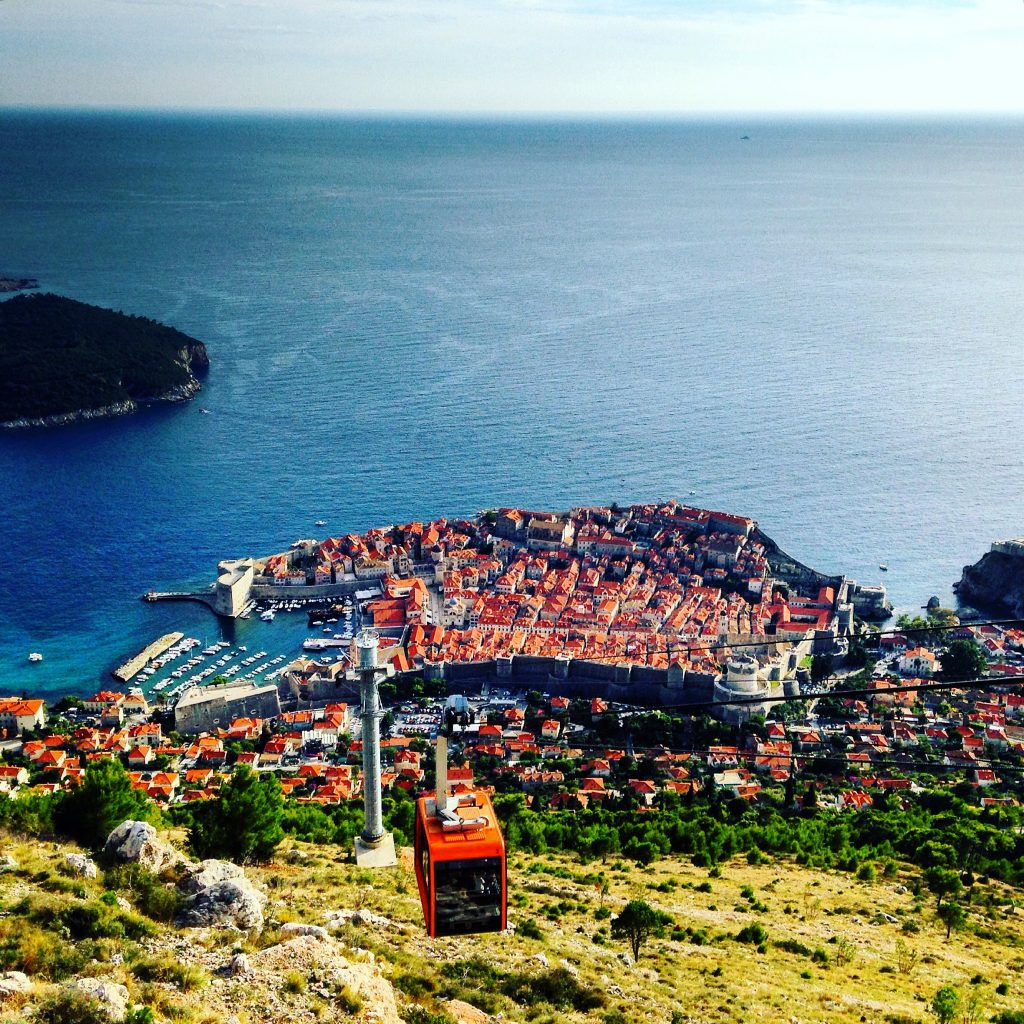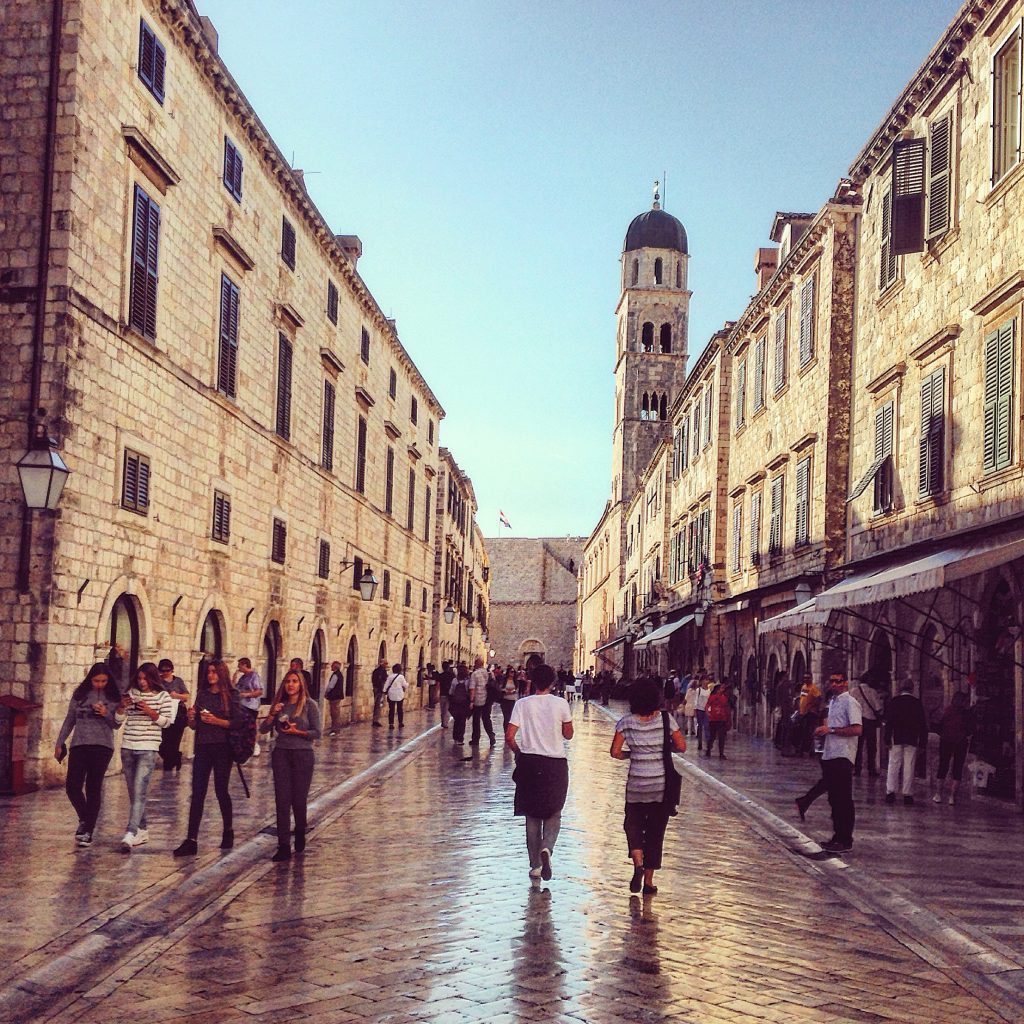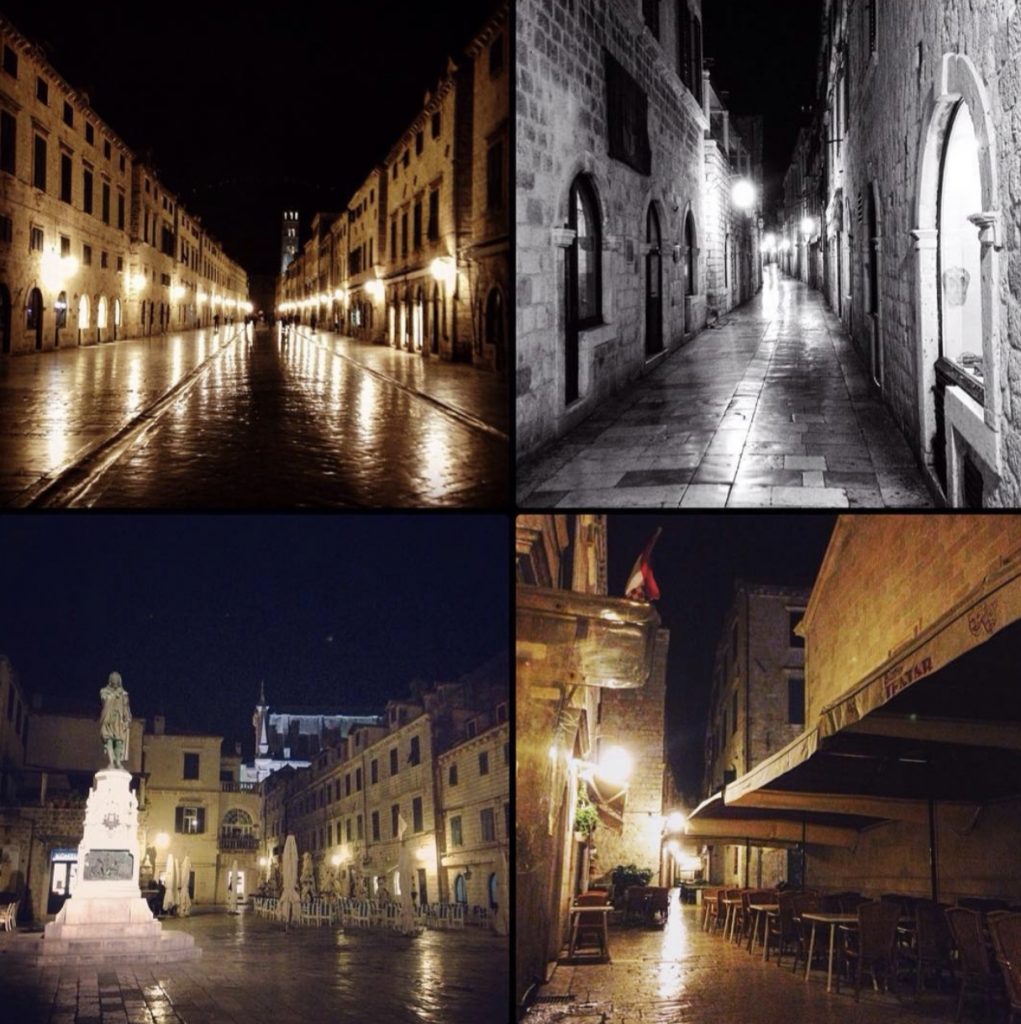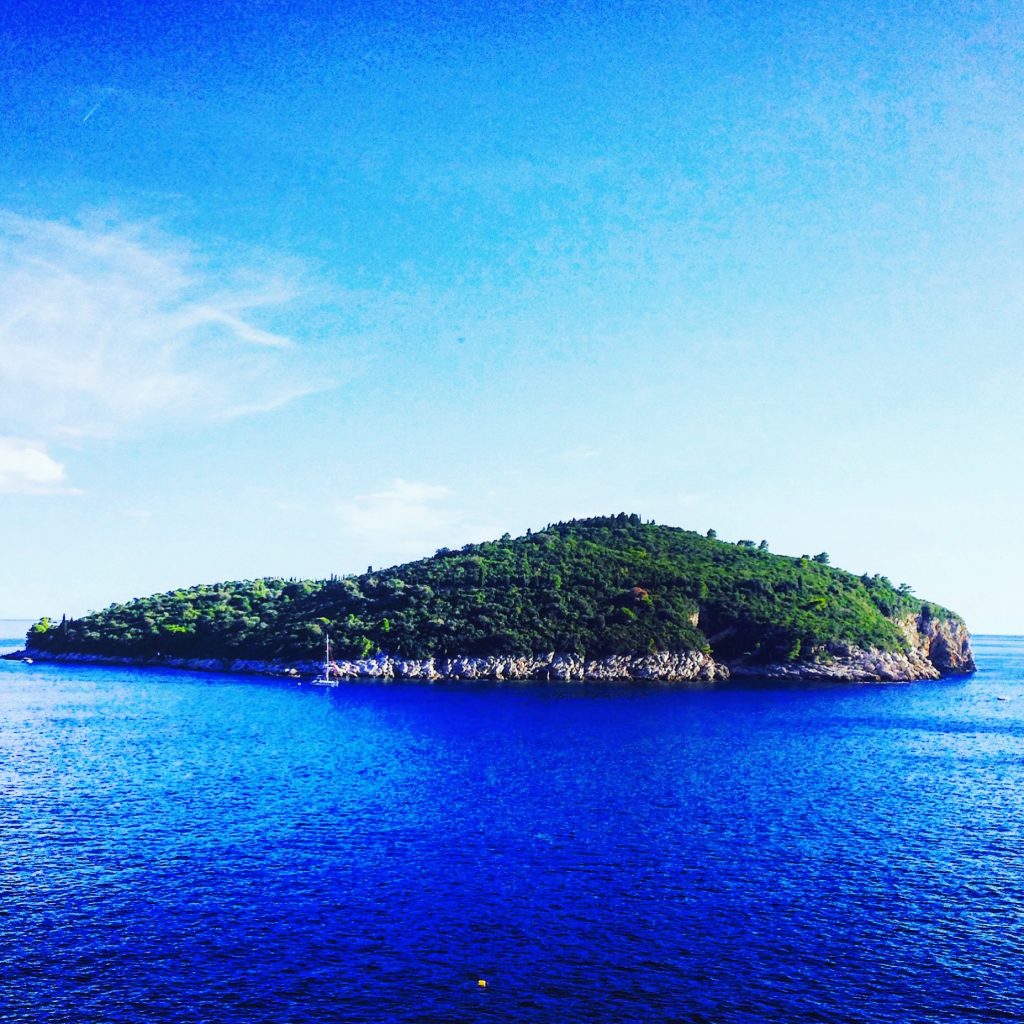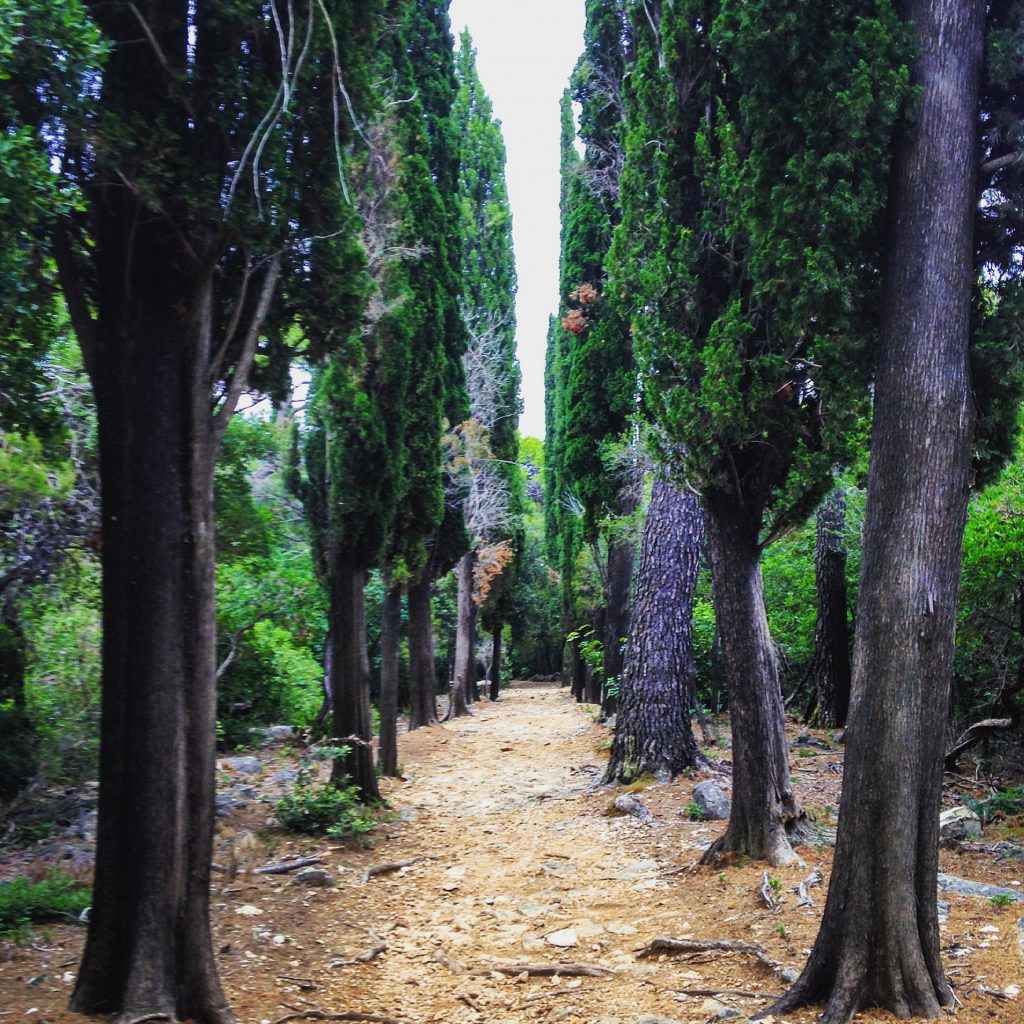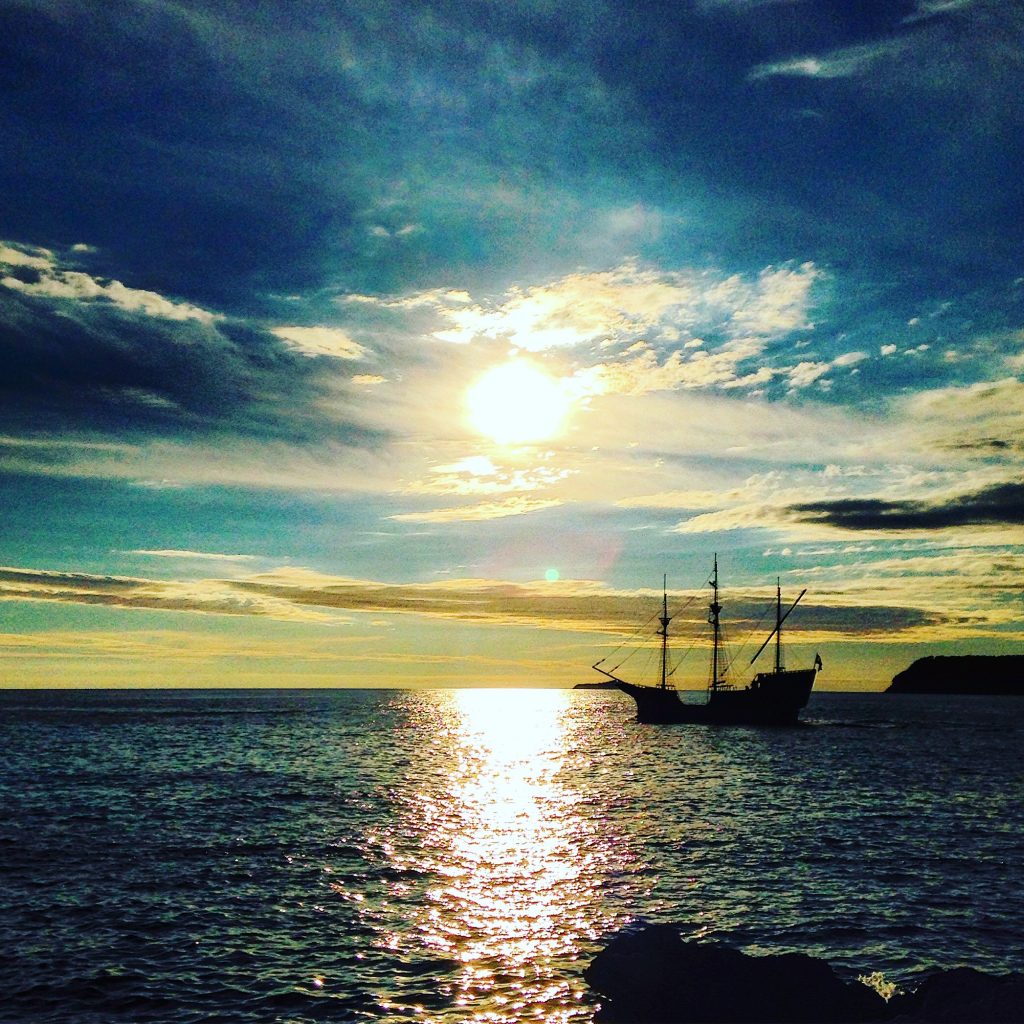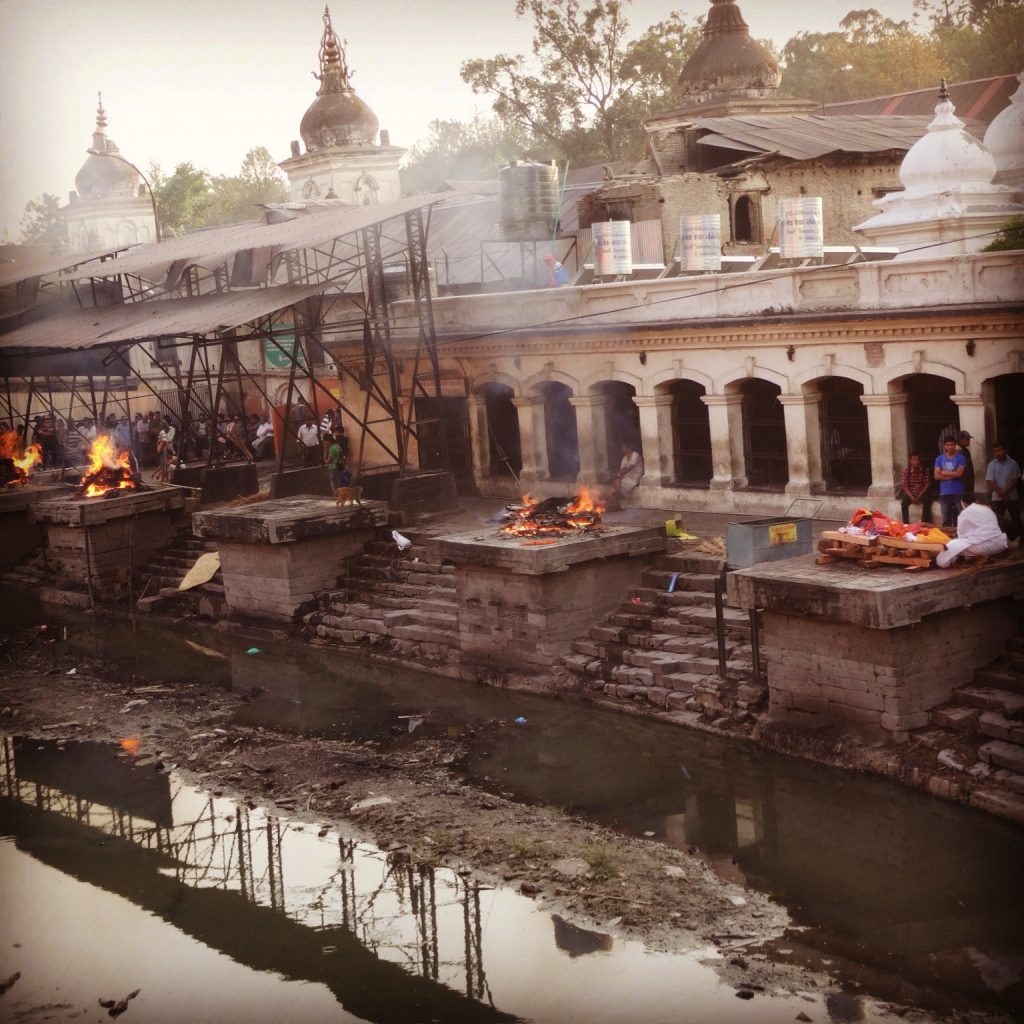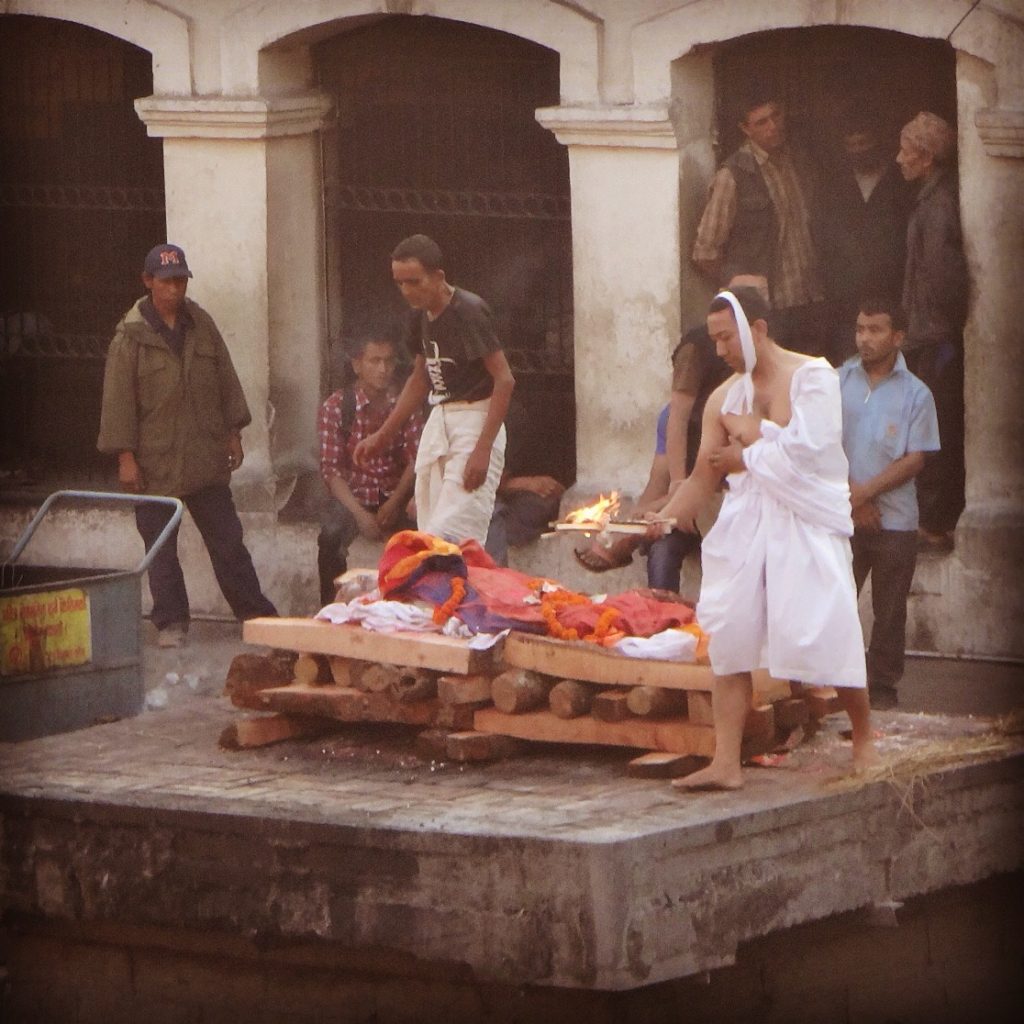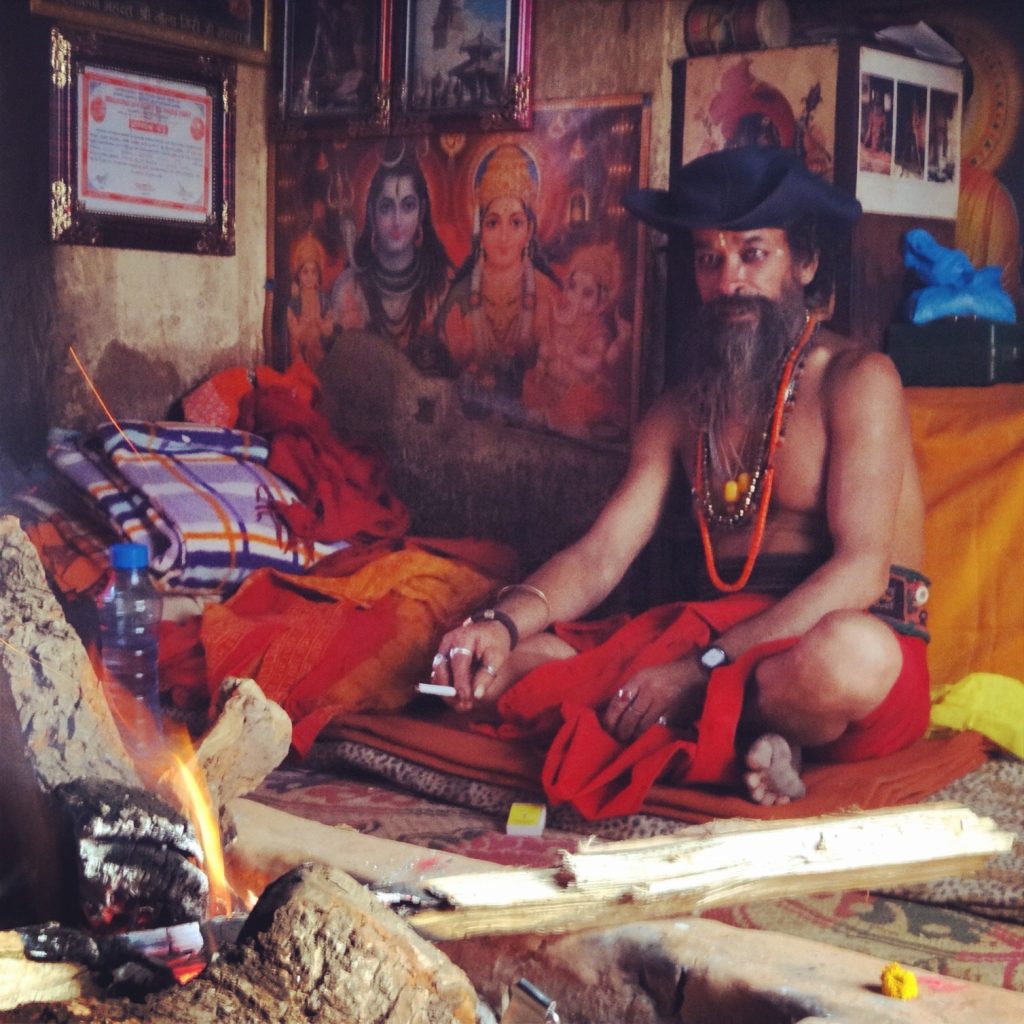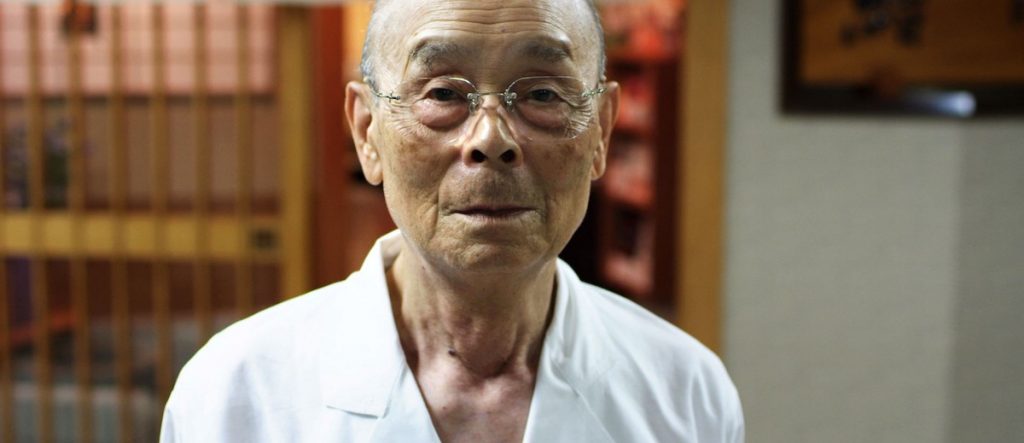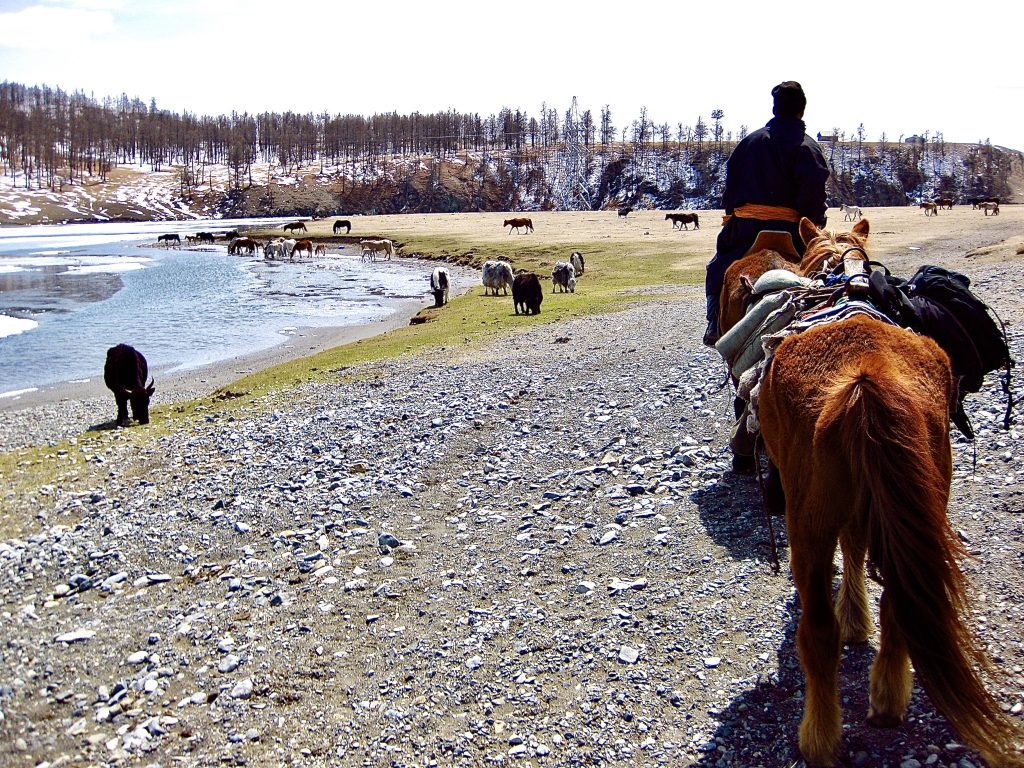
“To understand the life of a nomad, you must see it through their eyes, feel it through their movements, and live it through their experiences.”
I first traveled to Mongolia almost a decade ago and it has forever left a lasting imprint, serving as an impetus which gave me reassurance to pursue my nomadic lifestyle today.
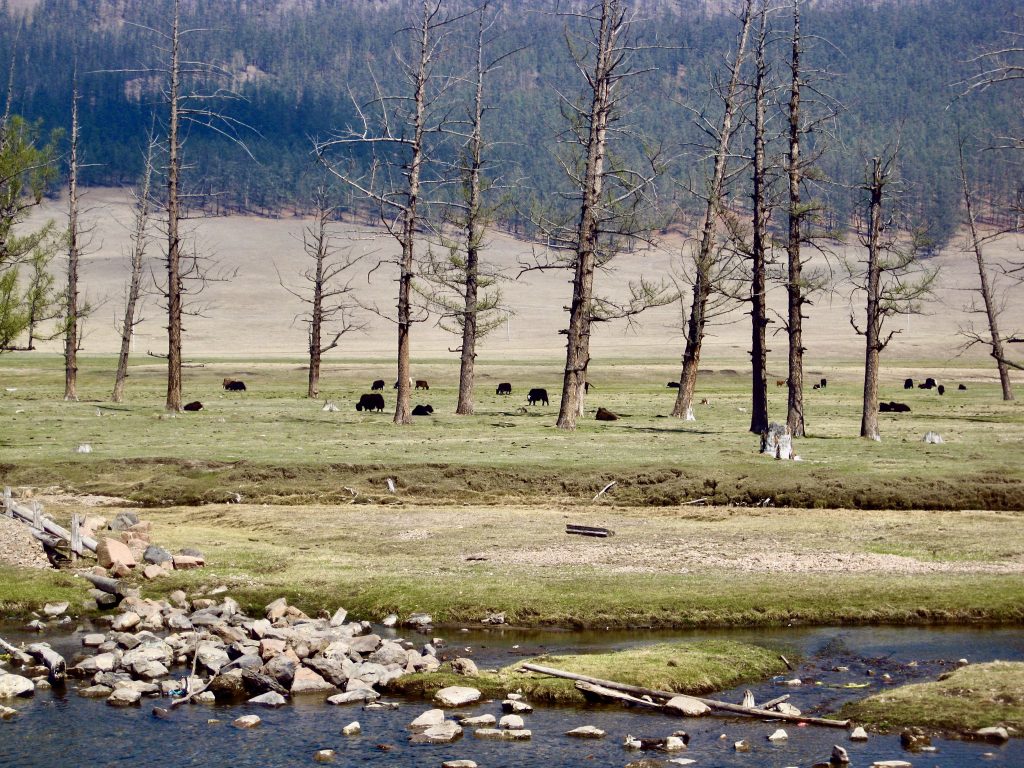
In our modern paradigm of planning every step of our future, there’s something to be said for those who arrange their lives according to the capricious sentiments of the winds and the weather. They accept what the present holds, and move accordingly. One morning may bring you sun, while the next brings you snow.
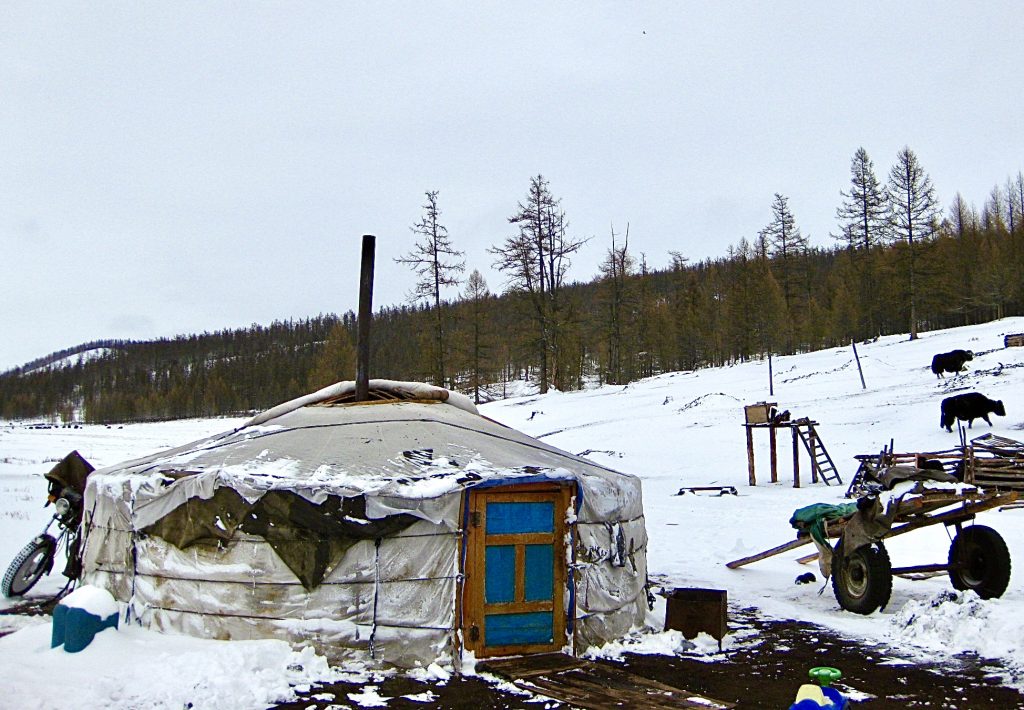
Regardless, you keep moving…
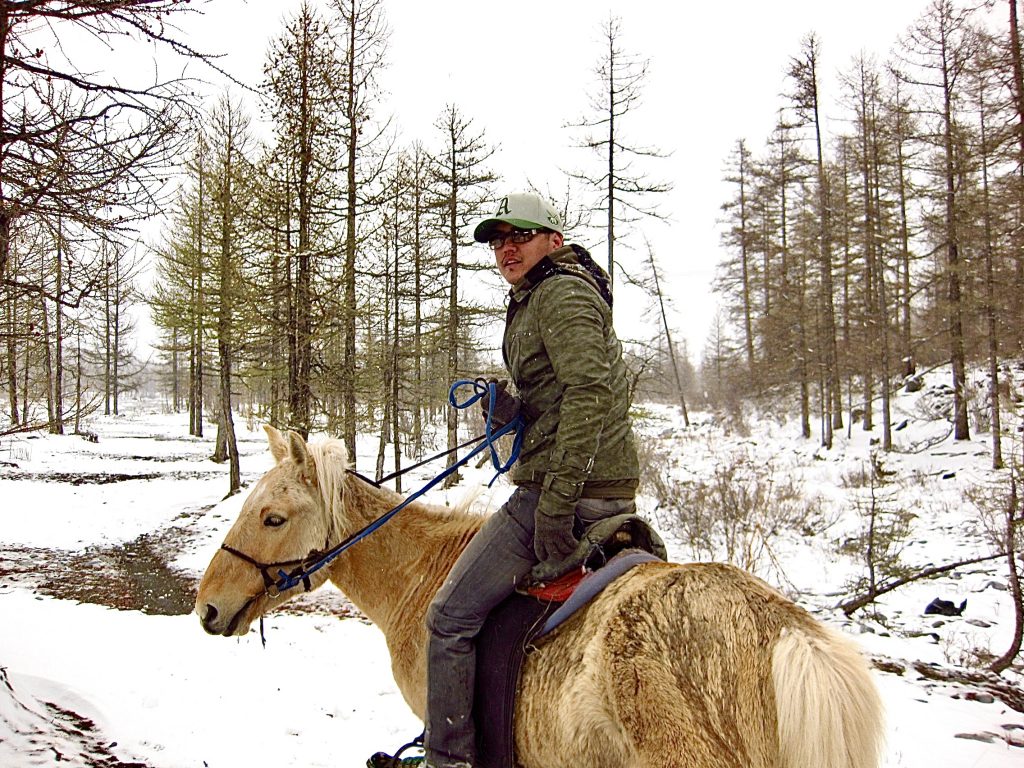
The Mongolians on the steppes are rough, rugged, and raw. And what makes them so hardy is they have no idea they are.

Waking up as the sun rises, you snap out of your hangover to gear yourself up for the day that lies ahead. We got another eight hours to ride so let’s get moving.

What’s interesting as a tourist is that I have no idea where I’m going to sleep that night.
“Who will we meet?” I ask my guide. He says he’s not sure but has a rough idea of where we can go and who we can visit.
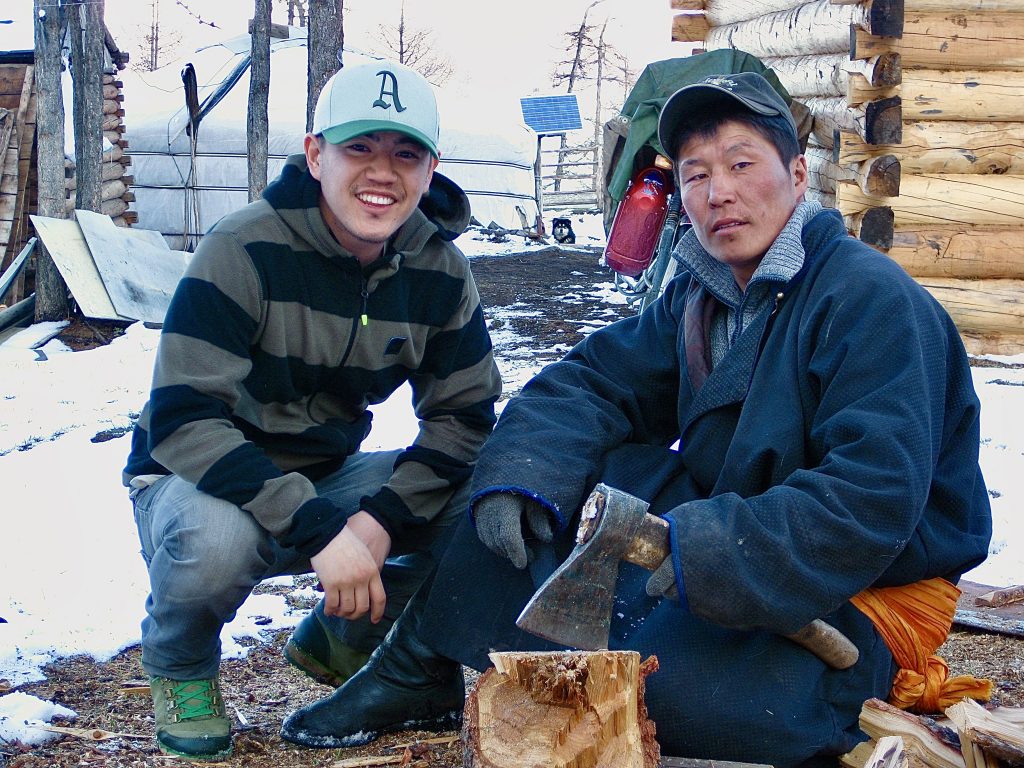
So this is how you spend your days: horse backing for several hours as you come across a ger, open its door, drink their tea, catch up on local news, and carry on.
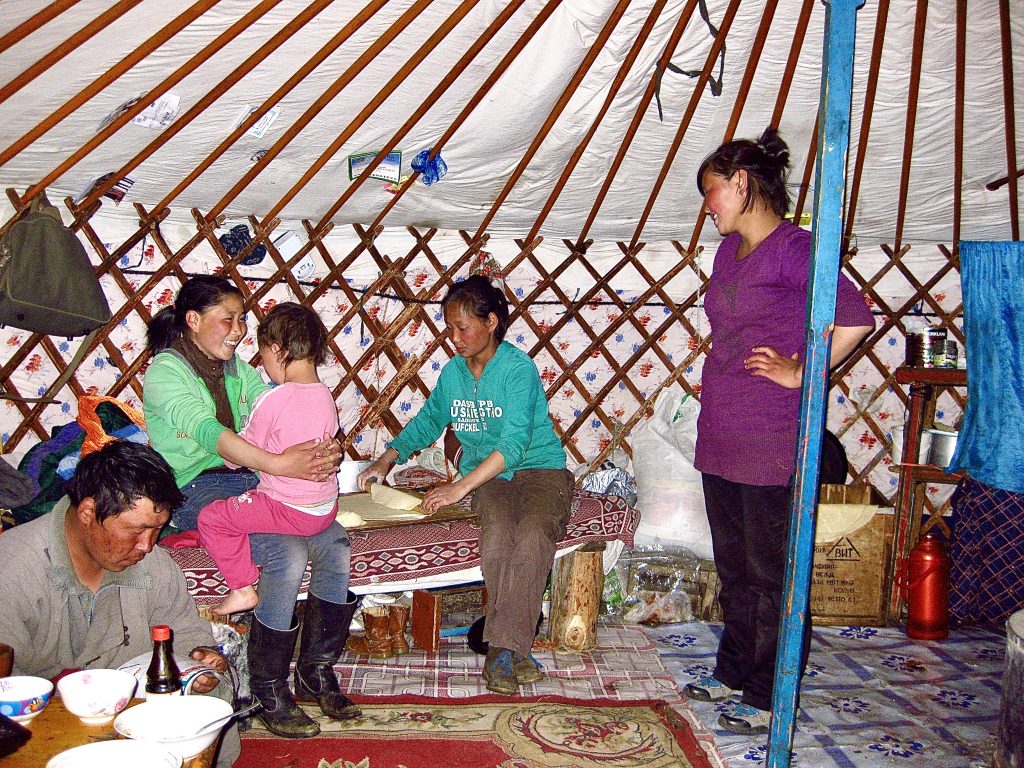
The next day you may find yourself helping a local setup his ger or pack it up, as they get ready to head to their next destination, going where there are fresh pastures for their goats.
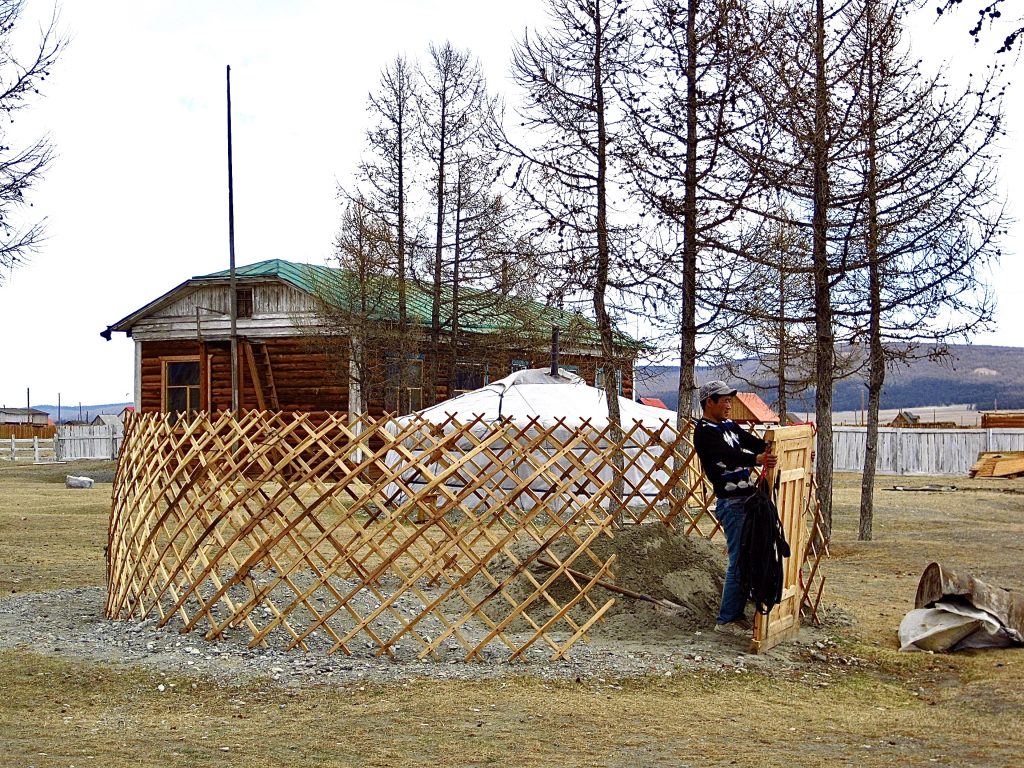
Though you don’t ever sleep at the same place, there’s a routine that sets in after the third day or so. You adjust to the free-flowing nature of these nomads and the unplanned nature of the day ahead becomes refreshing, as you meet family after family, get a glimpse into their lives, sleep, wake up, say your goodbyes, and carry on.
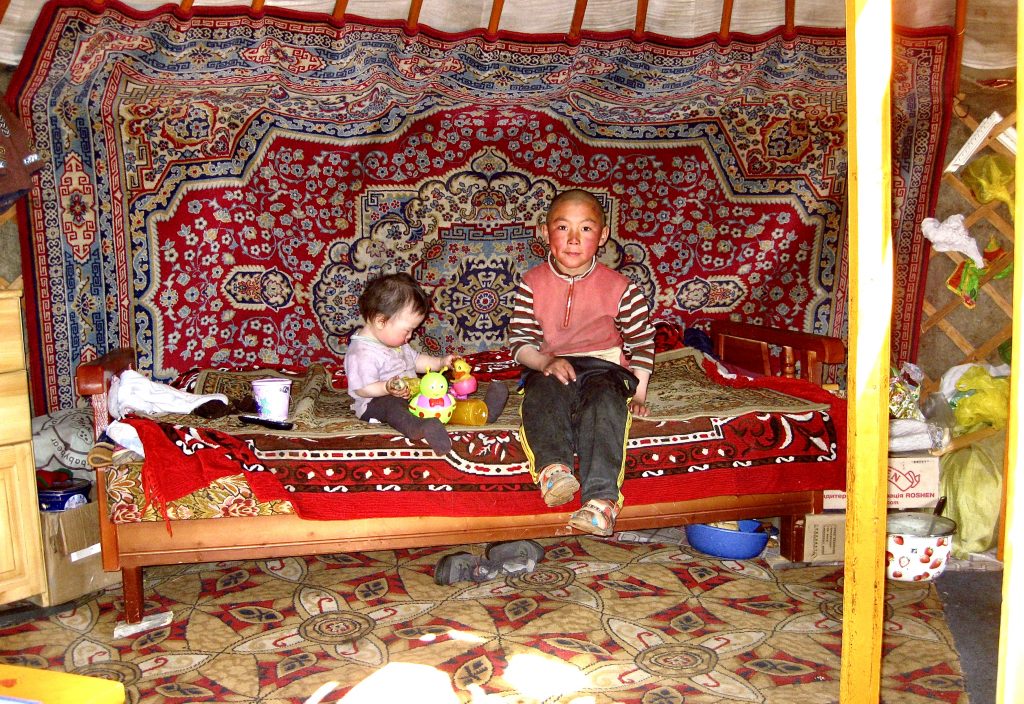
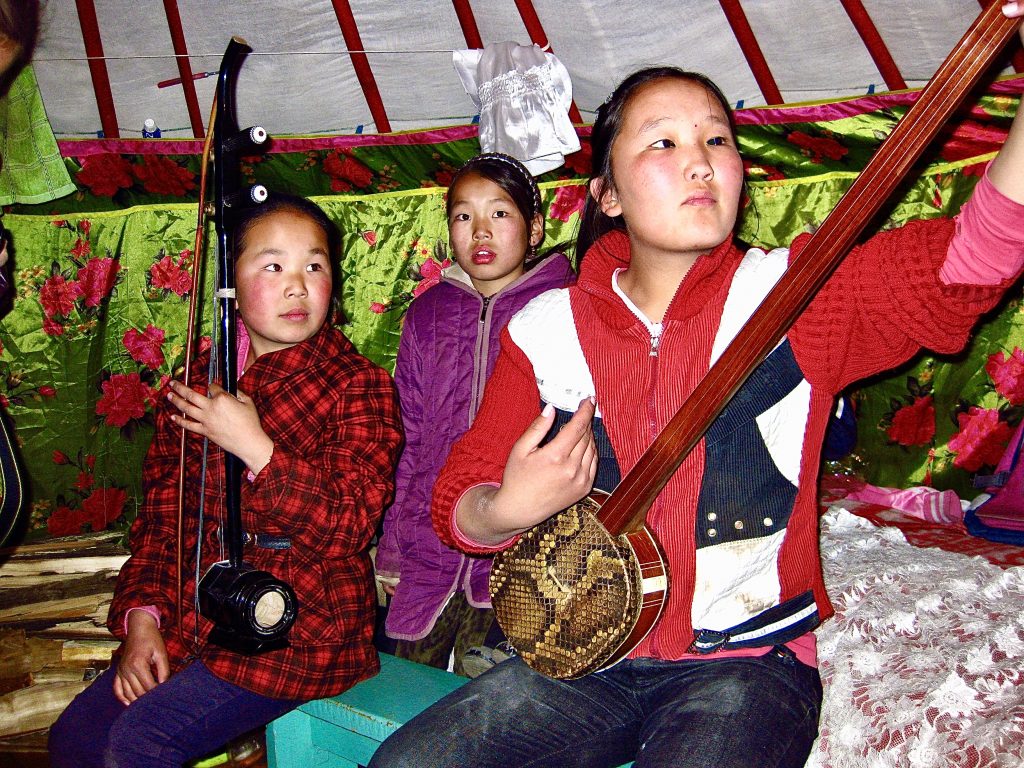
On some days you may find yourself goat herding…
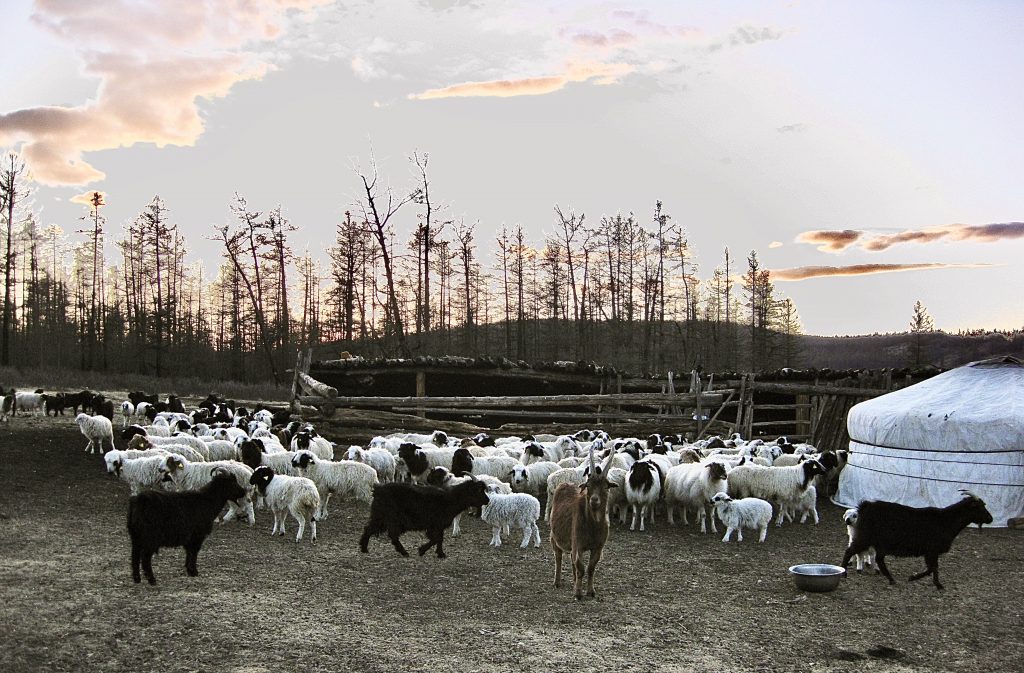
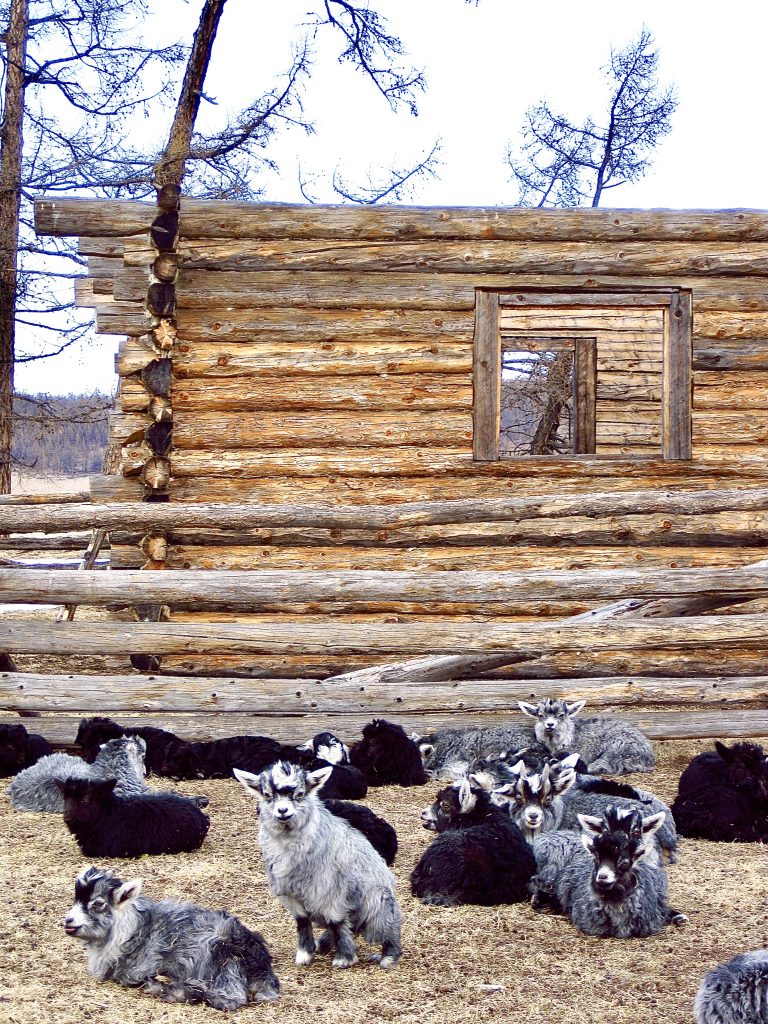
On other days, you may find yourself sleeping alone in a cabin. The cabins are much colder inside than the gers because of the gaping holes between some panels. So what do you do? Go outside, collect wood, and build a fire to last the night…
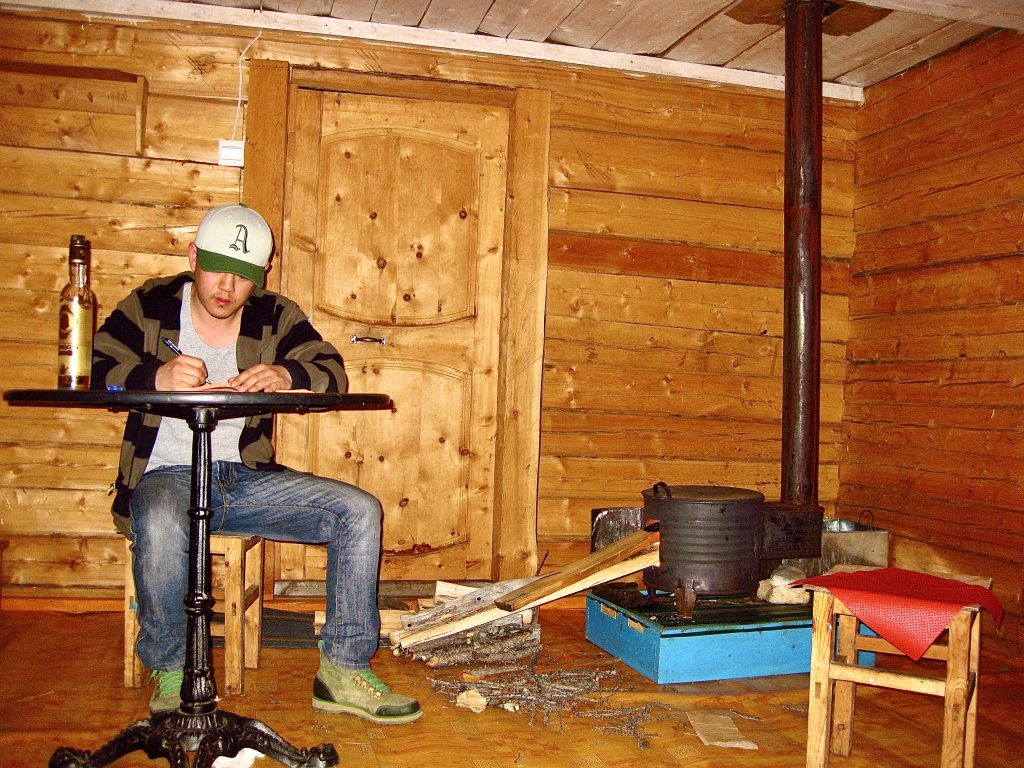
Then there are those random moments where you may meet a local, chat it up, and he offers you to go off-roading for a few nights. So what do you do? Ask him if you can drive in exchange for providing the liquor…
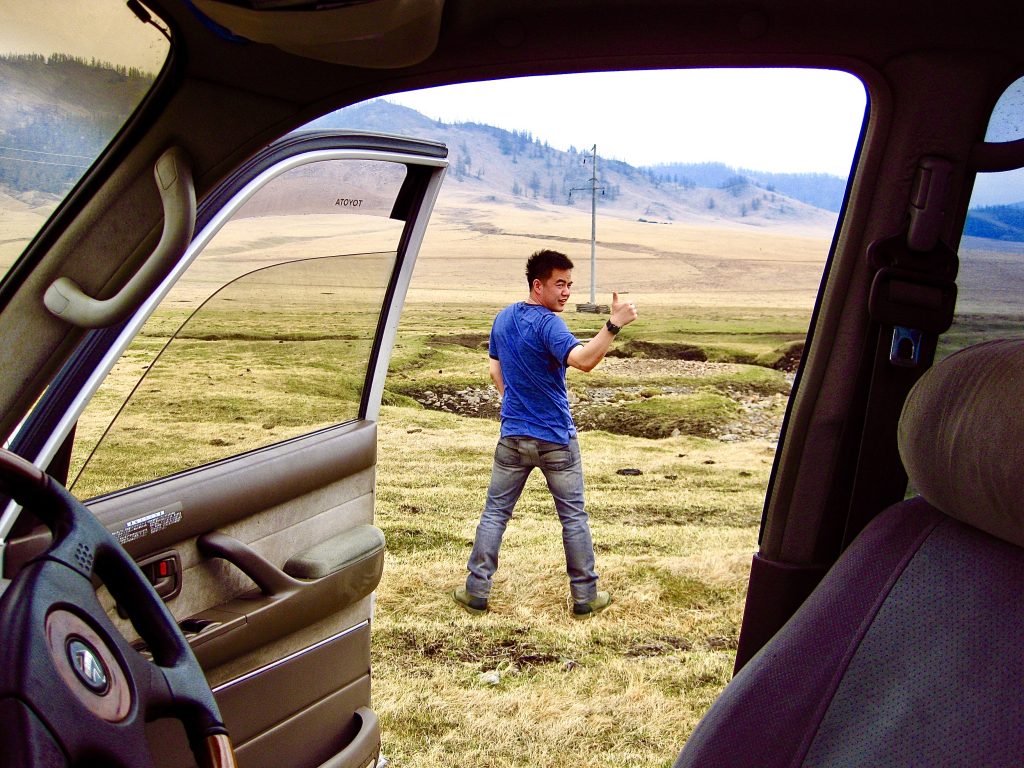
Speaking of liquor, the beverage of choice in Mongolia is Chinggis Vodka (named after Genghis Khan). I had never heard of the brand before but I got to know it well by the end of my stay. It’s surprisingly pleasant and goes down smooth, akin to a decent vodka.
When you’re not drinking alcohol, you’re brewing tea by the river.
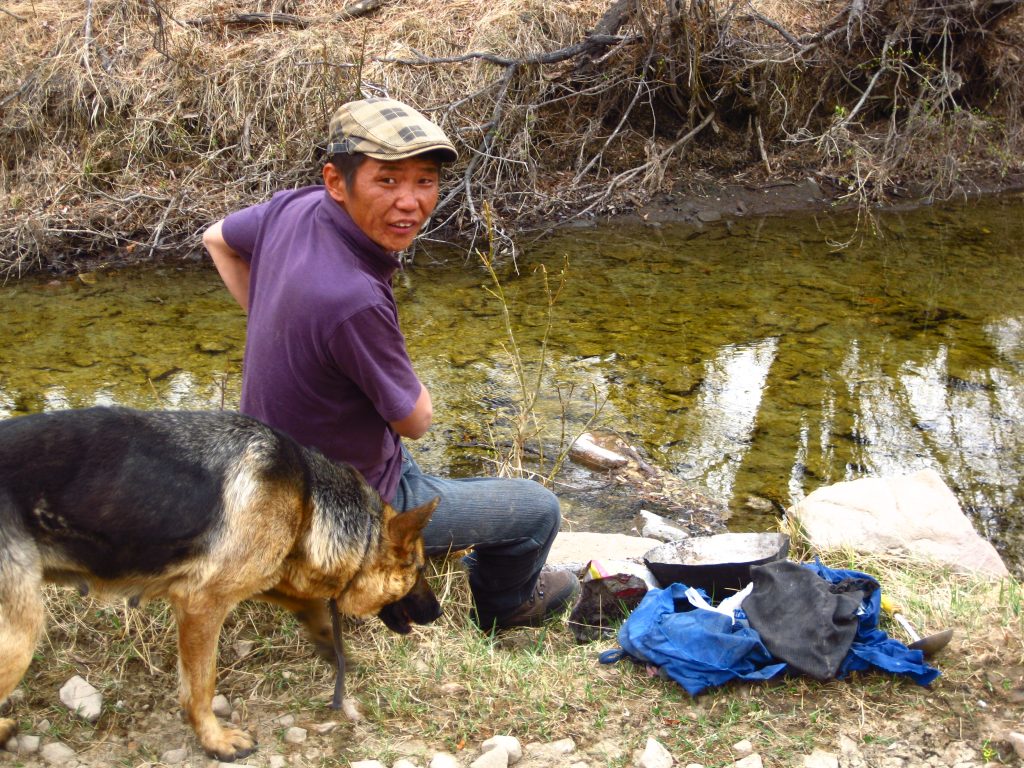
Or interacting with students at a local school.

While at night testing your strength:
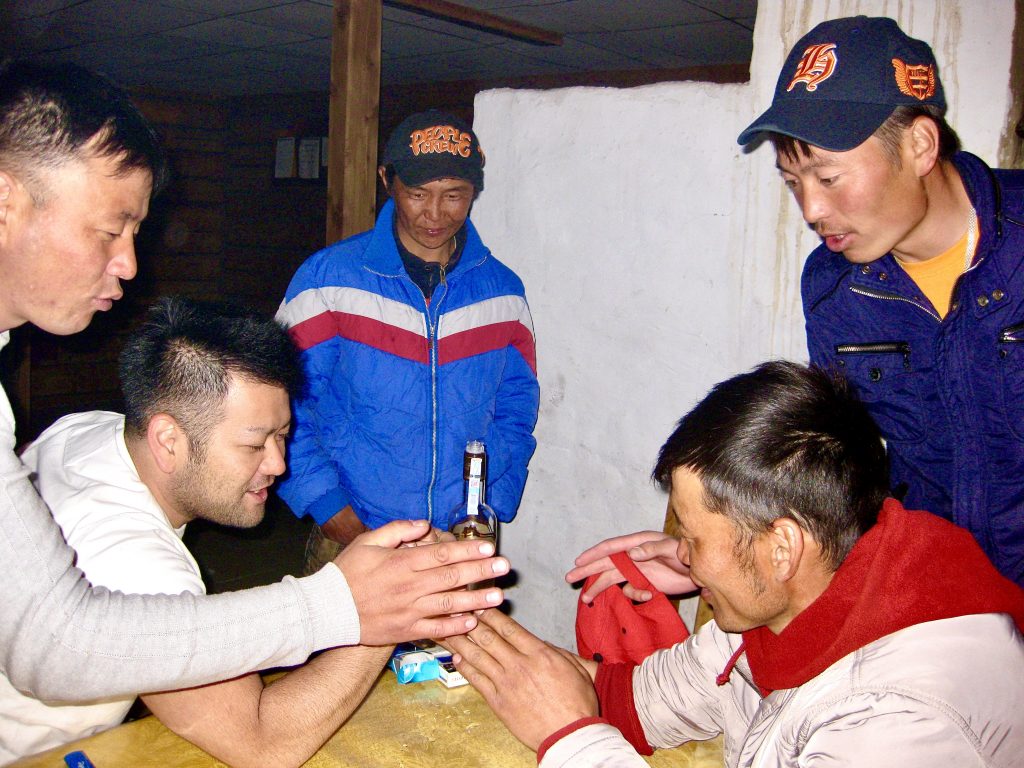
In our ever more conscientious consuming culture, what I noticed after spending a few weeks with Mongolians is that they waste nothing. You eat everything that’s given to you, and at times prepare meals yourself as you strike a goat’s head with a metal rod to ensure it a quick death. Then you skin and knead its organs for consumption. Even the hooves and head are consumed, to be boiled in a stew.

All of this makes for quite the experience and I highly recommend others to go check out Lake Khovsgol for an authentic Mongolian excursion.
This is one of those places that has yet to be populated by tourism so the local culture is intact and truly feels like you’re getting a genuine experience.
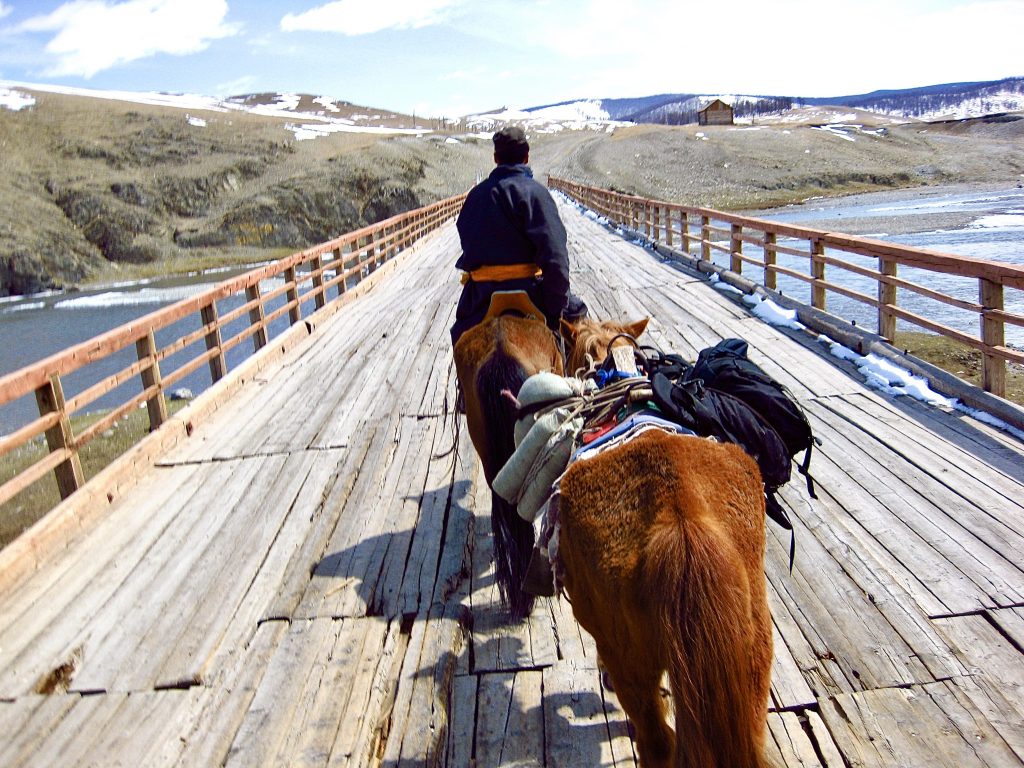
“A true nomad won’t be found in the city, for the presence of too many will perturb his instincts. No, he is found in nature, the only refuge which beckons him to go his own way.”
